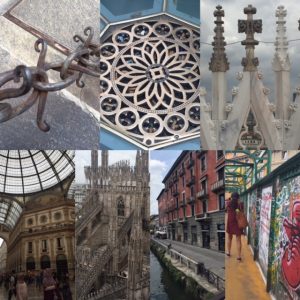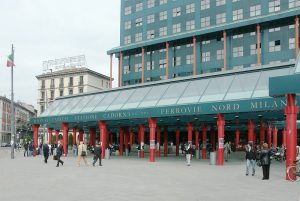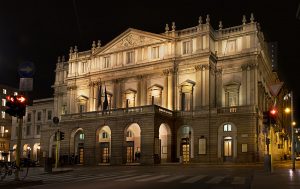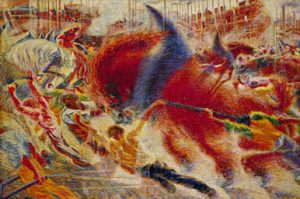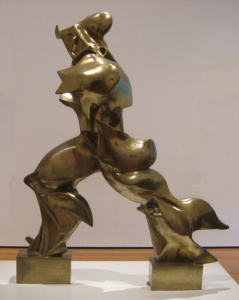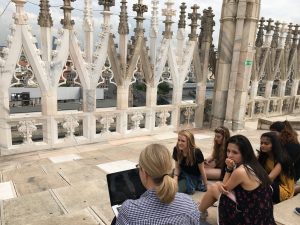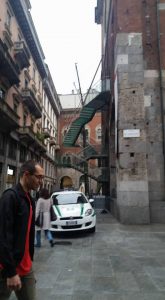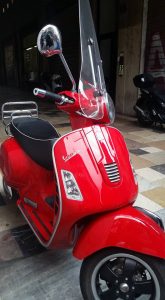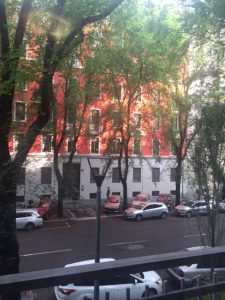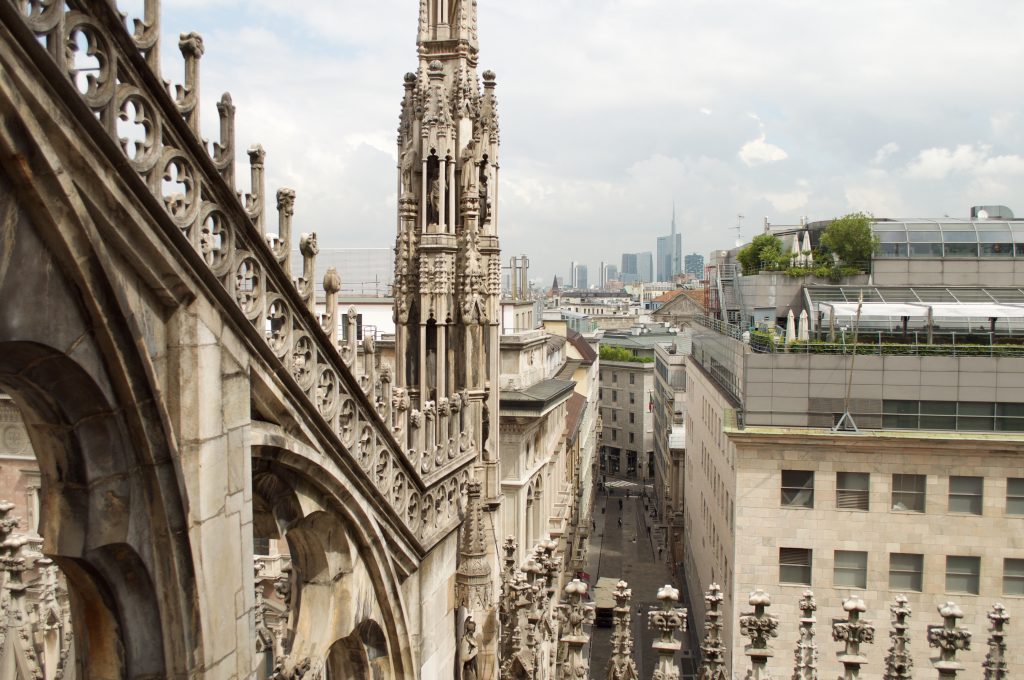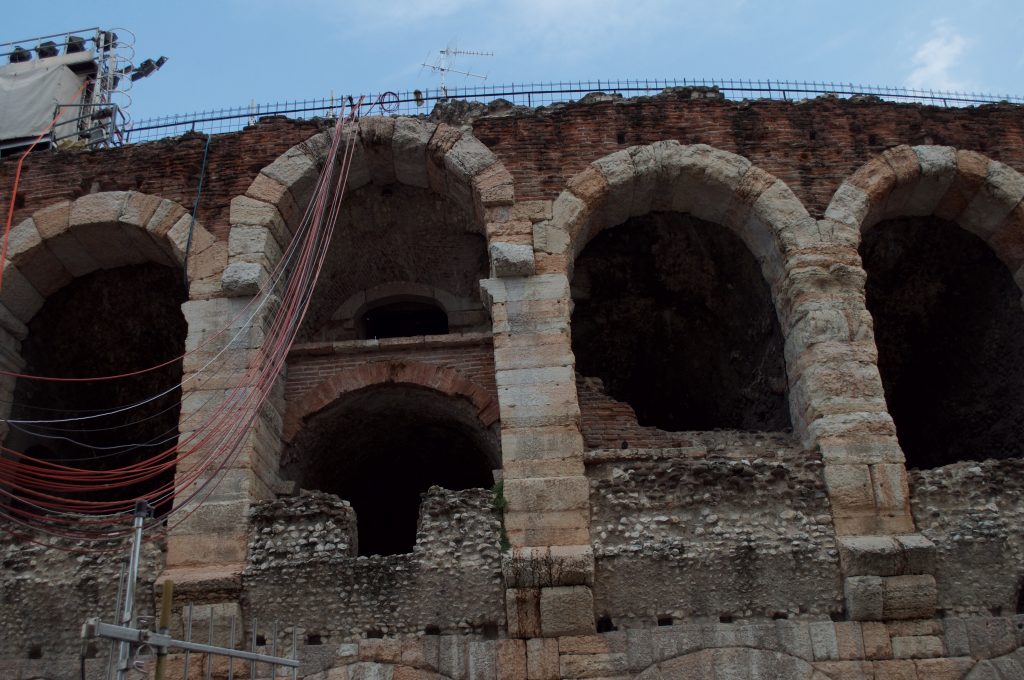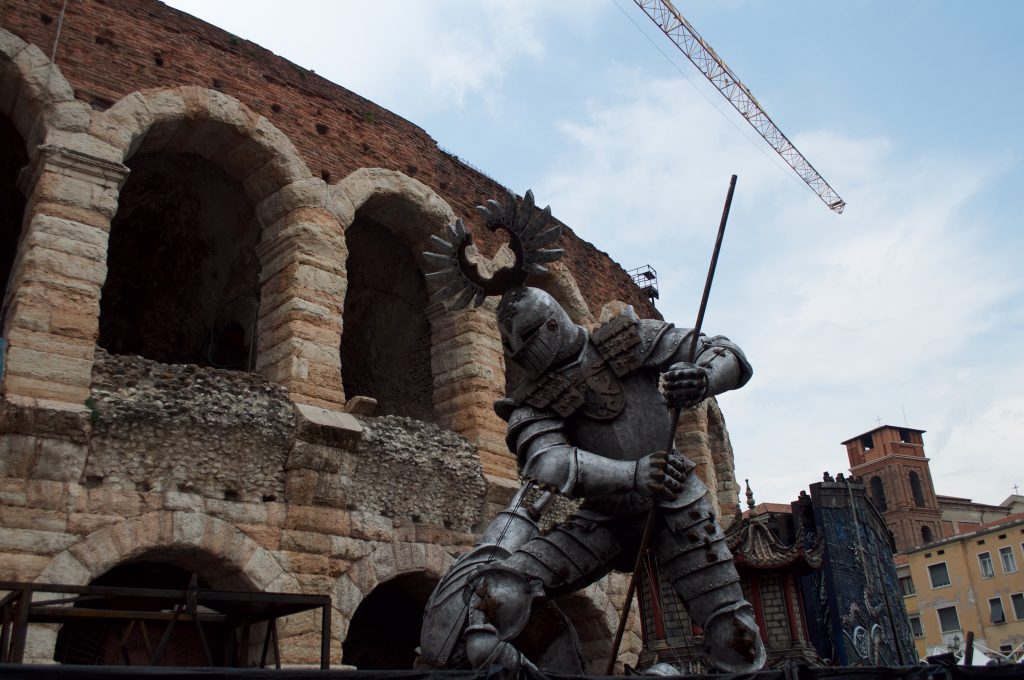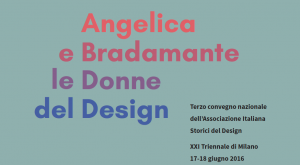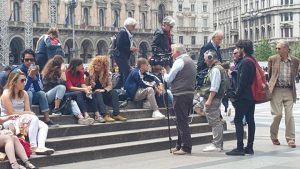
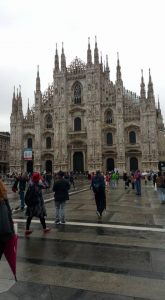
I was always told how busy New Yorkers are or how fit Austinites seem to be, but I’ve never experienced the level of busy or fit that seems to be buzzing deep in Milano. Milan has the same feel almost as a New Yorker with individuals rushing around every corner and the most active individuals I’ve ever seen jogging or walking dogs and staying fit. Their lifestyle would seem to be unhealthy with lots of carbs in their diet and many meals (second meal, entree, etc.), but they are all so small and fit it’s amazing. I’m also shocked by the level of interaction I’ve had with Milano’s people. I’ve lived in Austin five years, but I was never asked as many questions as I was when I was walking around Milan. Every turn someone is speaking to me in Italian and pointing in some direction. In each case, I’m not only confused but also almost sad that I can’t lend my voice to them or help them in any way I can.
So far, Milan has been a shocking but delightful experience. The people here seem to be welcoming and I haven’t in any way felt like I wasn’t treated fairly, even though I’m an American. The one bit of experience that I feel I don’t quite enjoy is my lack of voice. I feel that even simple tasks of ordering food have become a giant game of hand signals and prayers that the person in front of me speaks English. I honestly wish I knew Italian. I think that would make this entire journey a thousand percent more enjoyable and enriching if I could really appreciate and speak to the people in their own language. Even though this is a minor setback, I’m thankful for the CA’s that have been extremely helpful and are constantly watching and making sure we find our way. Without their help, I think I would have ended up lost or ordering something I shouldn’t have at a restaurant.
Even through all these different culture norms and newfound experiences, I think the most enriching has been seeing the different structures that are present throughout the city. In just Milan’s backyard is the Duomo and the Last Supper, enriching products of history that will forever enrich and bring value to this magnificent place. I think back to my hometown and even Austin and can’t find anything near as beautiful or as timeless as these structures and the art present in Milan. I love the technology that is present in Austin and the ever present start-up culture, but I can’t help but find a deep respect for what’s present in Milan and how it’s survived the test of time. I hope that by the end of this trip I can understand how large the world really is and how small Austin and my hometown seem to be in the expanse of it.
